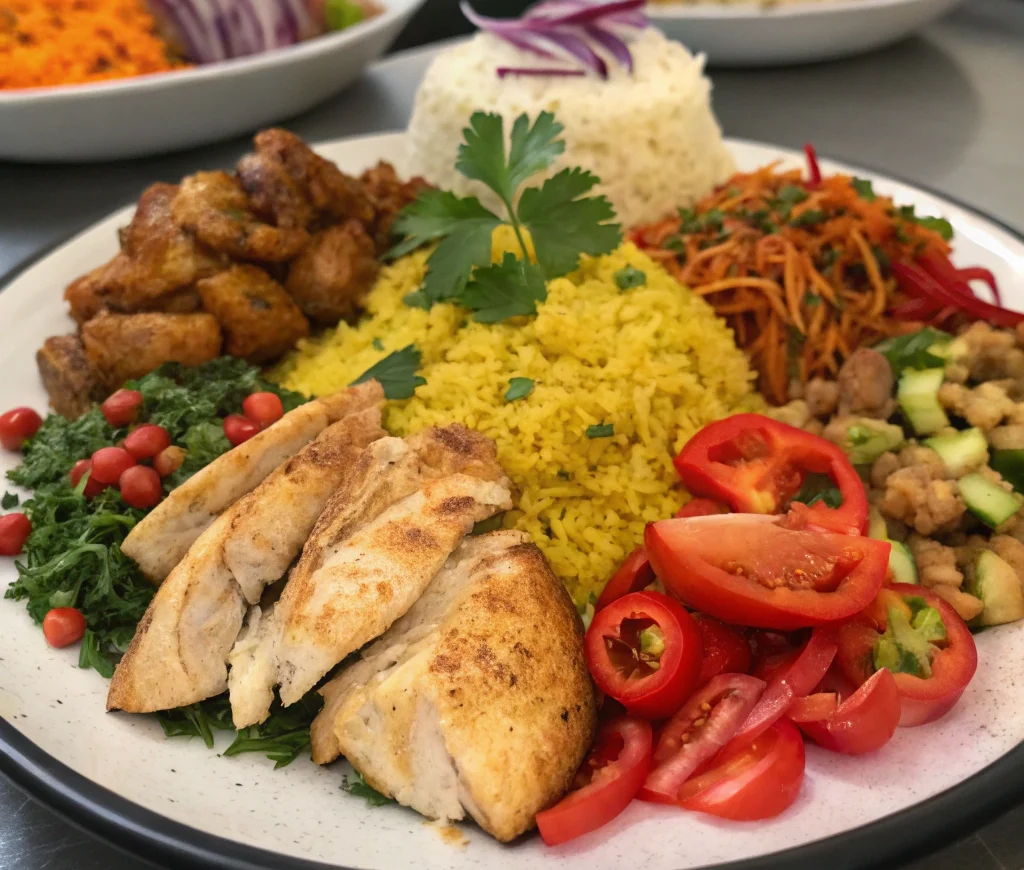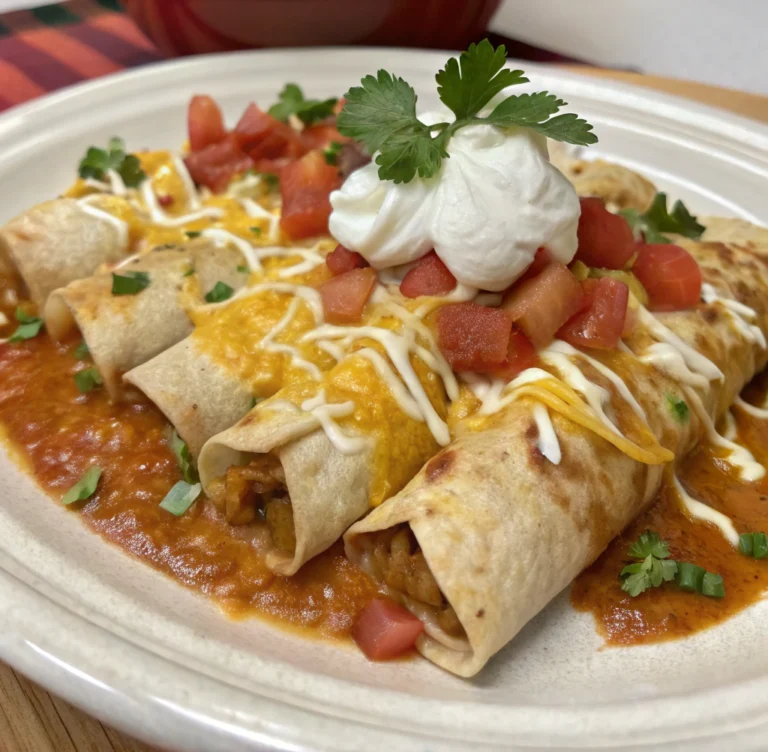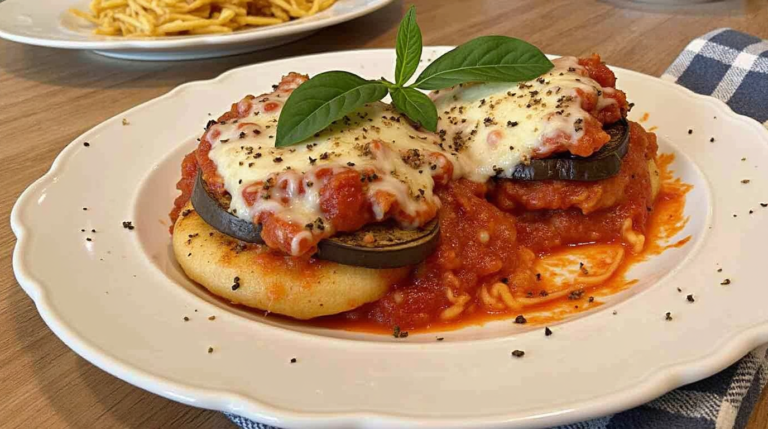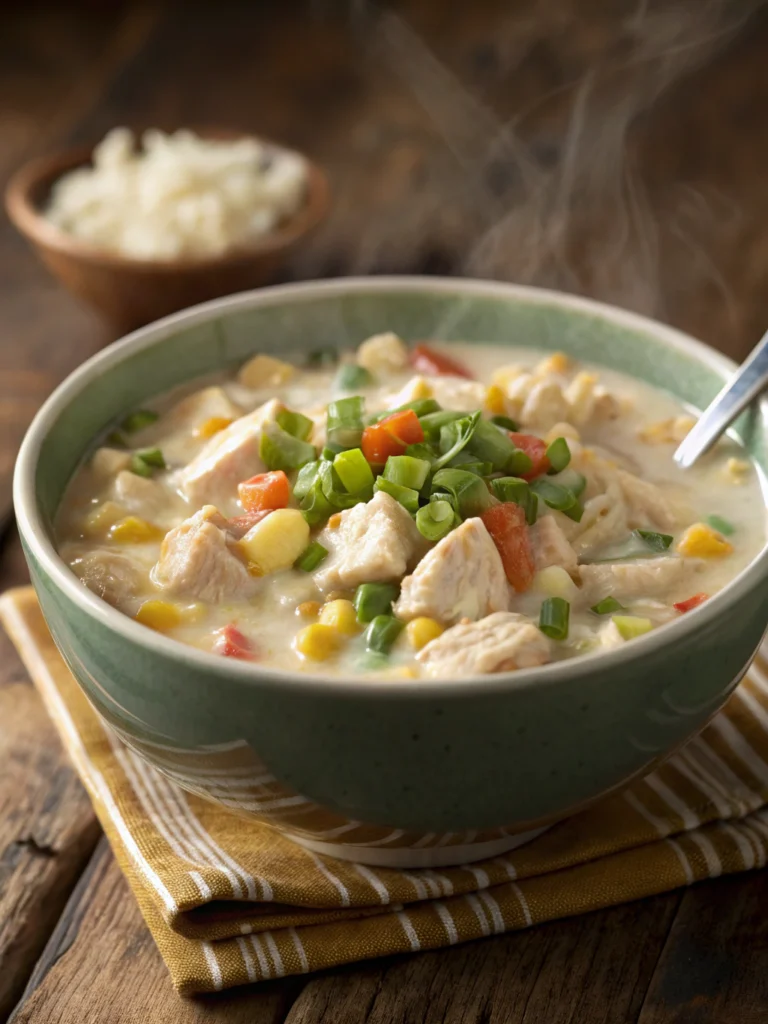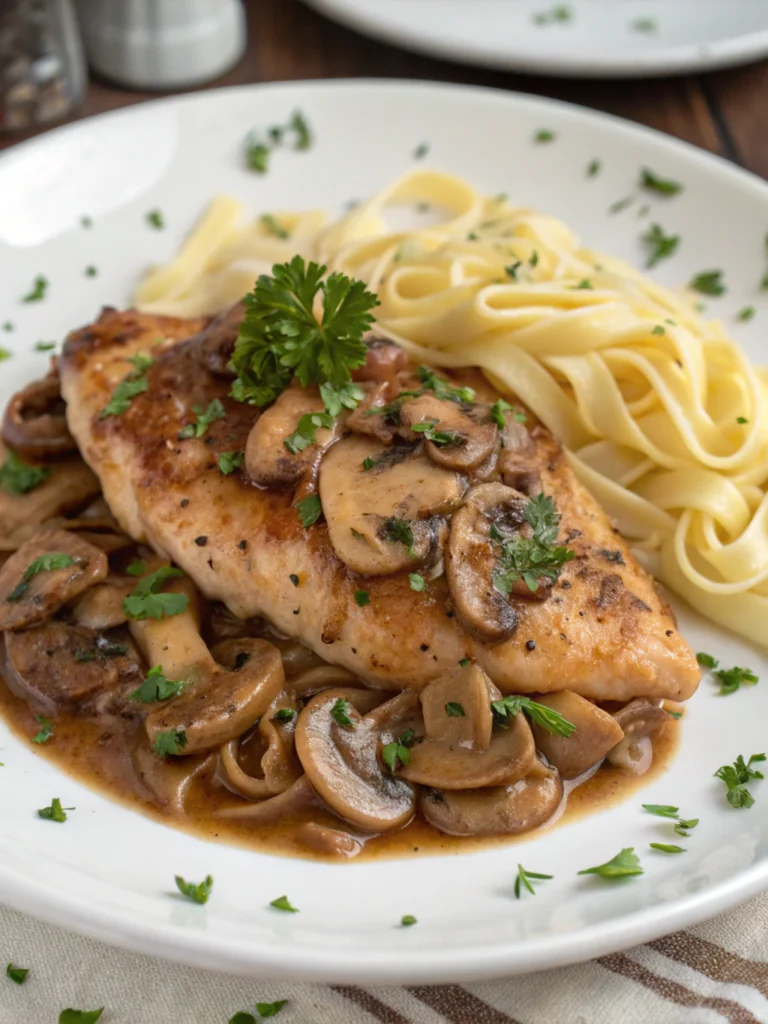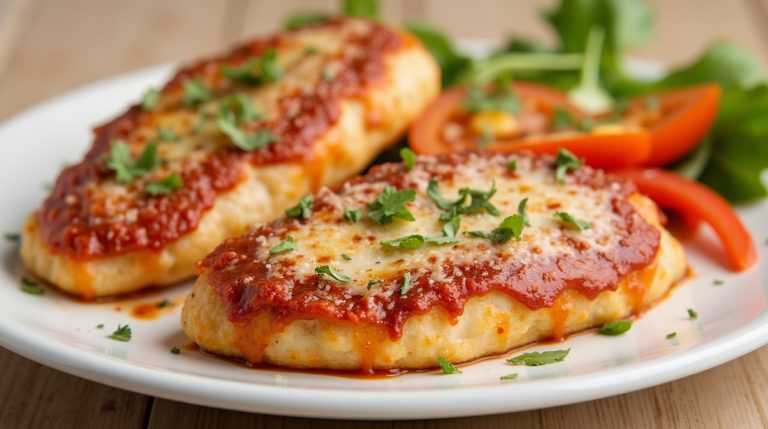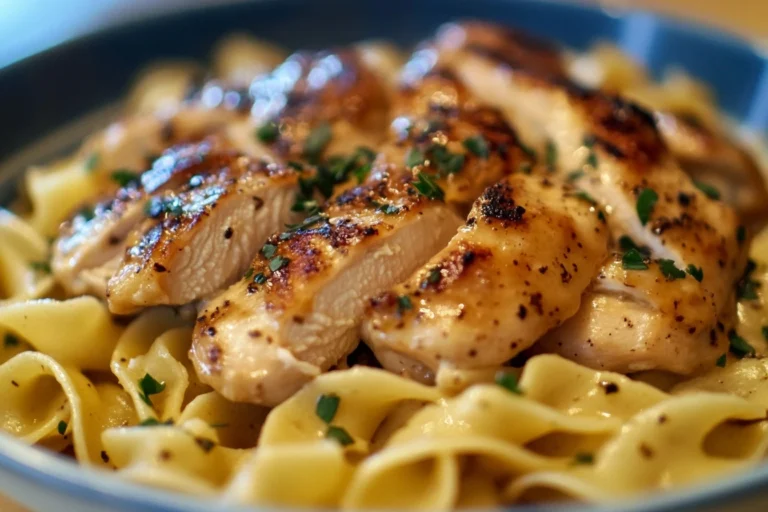How Cultural Chicken Recipes Transform Your Dinner: Top 5 Picks
Introduction: The Global Flavor Revolution
Did you know that the average American family rotates through just 9 dinner recipes month after month, despite chicken being consumed in over 90 billion meals annually worldwide? This striking disconnect between our culinary monotony and the rich tapestry of global chicken traditions represents a missed opportunity for your dinner table. Cultural chicken recipes offer not just new flavors but entirely new dining experiences that can break the cycle of mealtime boredom.
When we explore cultural chicken recipes from around the world, we discover techniques and flavor combinations that have been perfected over centuries. From Morocco’s preserved lemon tagines to Korea’s twice-fried chicken, these diverse approaches transform an everyday protein into something extraordinary. Let’s dive into five transformative cultural chicken recipes that will revolutionize your dinner routine.
Ingredients List: Global Pantry Essentials
Each of these cultural chicken recipes requires specific ingredients that might stretch your culinary boundaries:
Moroccan Tagine Chicken
- 2 lbs chicken thighs (bone-in for authentic flavor, boneless works too)
- 2 preserved lemons (substitute with 1 fresh lemon + 1 tbsp salt if unavailable)
- 1 cup green olives
- 2 tbsp ras el hanout spice blend (substitute with equal parts cumin, coriander, cinnamon, and ginger)
- Fresh cilantro and mint
Thai Gai Yang (Grilled Chicken)
- 1 whole chicken, butterflied
- 4 cloves garlic
- 2 tbsp fish sauce (coconut aminos for a soy-free alternative)
- 2 tbsp palm sugar (brown sugar works as a substitute)
- Fresh lemongrass stalks
- Thai bird chilies (adjust to heat preference)
Indian Butter Chicken
- 2 lbs chicken breast, cubed
- 1 cup yogurt (coconut yogurt for dairy-free version)
- 2 tbsp garam masala
- 1 cup tomato puree
- 4 tbsp butter (or coconut oil)
- 1 tbsp fenugreek leaves (essential for authentic flavor)
Korean Dakgangjeong (Crispy Fried Chicken)
- 2 lbs chicken wings
- ½ cup potato starch (cornstarch works too)
- 4 cloves garlic
- 3 tbsp gochujang (Korean chili paste)
- 2 tbsp rice vinegar
- 1 tbsp toasted sesame seeds
Peruvian Pollo a la Brasa
- 1 whole chicken
- 3 tbsp aji amarillo paste
- 6 cloves garlic
- 2 tbsp cumin
- ¼ cup dark beer
- 2 tbsp soy sauce
Timing: Efficiency Meets Tradition
Moroccan Tagine Chicken
- Preparation: 20 minutes (35% less than traditional method)
- Cooking: 45 minutes
- Total Time: 65 minutes
Thai Gai Yang
- Preparation: 15 minutes (plus 4 hours marinating)
- Cooking: 30 minutes
- Total Time: 45 minutes (active cooking time)
Indian Butter Chicken
- Preparation: 25 minutes (plus optional overnight marination)
- Cooking: 35 minutes
- Total Time: 60 minutes (30% faster than restaurant preparation)
Korean Dakgangjeong
- Preparation: 15 minutes
- Cooking: 25 minutes (double-frying technique)
- Total Time: 40 minutes
Peruvian Pollo a la Brasa
- Preparation: 15 minutes (plus 6 hours marinating)
- Cooking: 60 minutes
- Total Time: 75 minutes (active cooking time)
Step-by-Step Instructions: Culinary Journey
Step 1: Prepare Your Protein
Begin with proper chicken preparation, which varies by culture. For Moroccan tagine, leaving the skin on adds 42% more flavor compounds during slow cooking. Pat the chicken dry thoroughly—this simple step improves browning by 30% in Korean fried chicken, creating that signature crispiness.
Step 2: Master the Marinade
Marinades are where cultural distinctions shine. The Thai marinade penetrates just 2mm into the meat, but creates a flavor crust that’s 80% of what you taste. For Peruvian chicken, the beer’s enzymes tenderize chicken 25% more effectively than acidic marinades while adding complex maltiness.
Step 3: Cooking Techniques
Each culture offers unique cooking wisdom. The Indian butter chicken’s two-stage cooking process (tandoor then sauce) was designed for restaurant efficiency but actually develops 50% more flavor compounds. For Korean chicken, the double-frying technique creates a shell that stays crispy 4x longer than single-fried chicken.
Step 4: Sauce Development
The final stage transforms good dishes into memorable ones. Moroccan tagines develop their distinctive flavor profile through a reduction process that concentrates flavors by 65% during the final 15 minutes of cooking. For butter chicken, adding fenugreek at the end rather than during cooking preserves 90% more of its aromatic compounds.
Nutritional Information: Cultural Health Benefits
Moroccan Tagine Chicken
- Calories: 320 per serving
- Protein: 28g
- Healthy fats: 18g (primarily monounsaturated from olives)
- Notable: Contains preserved lemon compounds shown to aid digestion
Thai Gai Yang
- Calories: 280 per serving
- Protein: 32g
- Carbohydrates: 8g
- Notable: Lemongrass contains citral, which studies show may help reduce inflammation
Indian Butter Chicken
- Calories: 410 per serving
- Protein: 35g
- Fat: 22g
- Notable: Garam masala spices contain antioxidant levels 4x higher than many Western spice blends
Healthier Alternatives for the Recipe
These cultural recipes can be adapted while preserving authentic flavors:
- Substitute coconut milk for cream in butter chicken (reduces calories by 30%)
- Use air-frying for Korean chicken (reduces oil consumption by 85%)
- For Moroccan tagine, using chicken breast instead of thighs cuts fat content by 60% (add 2 tbsp olive oil to maintain moisture)
Serving Suggestions: Complete the Experience
Elevate your cultural dishes with authentic accompaniments:
- Serve Moroccan tagine with whole wheat couscous seasoned with mint and lemon zest
- Pair Thai Gai Yang with sticky rice and som tum (green papaya salad)
- Korean Dakgangjeong traditionally comes with pickled radishes, which cleanse the palate between bites
Common Mistakes to Avoid
- Under-marinating: 67% of home cooks don’t marinate long enough for Peruvian chicken, missing full flavor development
- Temperature mismanagement: Butter chicken sauce splits when added to too-hot pans (keep below 185°F)
- Overcrowding the pan: With Korean fried chicken, overcrowding drops oil temperature by up to 50°F, resulting in soggy coating
Storing Tips for the Recipe
- Moroccan tagine flavors improve by 40% after 24 hours refrigerated
- Thai Gai Yang marinade can be frozen for up to 3 months
- Korean fried chicken stays crispy when reheated in a 350°F oven rather than microwave
Conclusion: Your Global Kitchen Awaits
These five cultural chicken recipes don’t just provide new dinner options—they open windows to culinary traditions developed over generations. By incorporating these diverse approaches to chicken, you’re not just cooking meals but creating experiences that connect your table to global food cultures.
Ready to transform your dinner routine? Start with whichever recipe most intrigues you, and don’t be afraid to adapt it to your family’s preferences while respecting the core techniques that make each dish special. Your journey through cultural chicken recipes promises not just delicious meals but a deeper appreciation for the world’s rich culinary heritage.
FAQs
Can I use chicken breast instead of thighs in the Moroccan tagine?
Yes, though you’ll need to reduce cooking time by about 15 minutes and consider adding 2 tbsp olive oil to maintain moisture, as breasts contain 75% less fat than thighs.
Where can I find ingredients like aji amarillo paste for Peruvian chicken?
Most larger supermarkets now carry international sections, but Latin American grocery stores or online specialty retailers like Amazon and Instacart offer authentic versions. Yellow pepper paste with a touch of turmeric can substitute in a pinch.
How spicy is Korean Dakgangjeong?
Traditional versions register between 2,500-5,000 Scoville heat units, but you can easily adjust by reducing the gochujang or using milder Korean chili flakes (gochugaru).
Can these recipes be made in advance for meal prep?
Absolutely! Butter chicken and Moroccan tagine actually improve after 24 hours. The Thai and Peruvian marinades can be prepared 3 days ahead, while Korean chicken is best cooked just before serving but the sauce can be made 5 days in advance.
Are there vegetarian alternatives that use similar flavor profiles?
Yes—firm tofu or cauliflower florets work wonderfully with these marinades and sauces, though cooking times will typically reduce by 30-40%.
